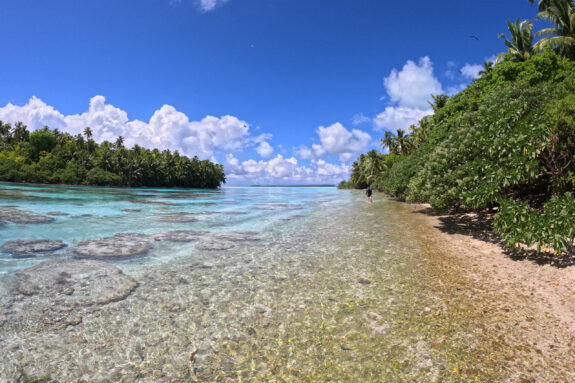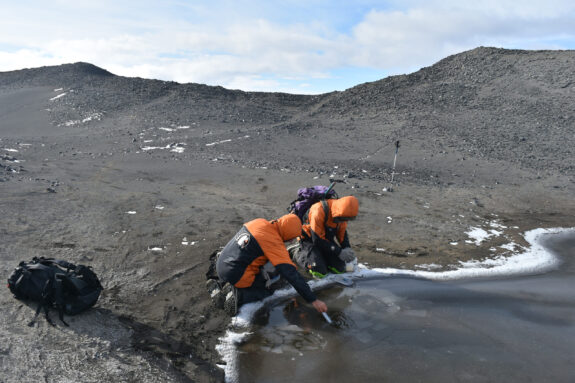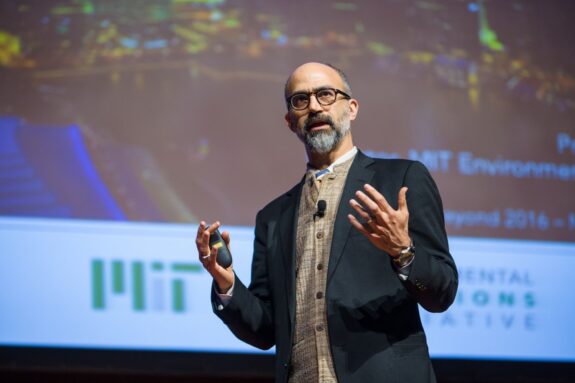Research in India: Kaitlyn Przydzial Summer ’22

EAPS undergraduate Kate Przydzial spent her summer in the field with MISTI India to collect samples and conduct geological mapping of the Himalayas. Photos courtesy Kate Przydzial
Read this at MISTI
Kate Przydzial (SB ’23 Earth, Atmospheric, and Planetary Sciences) is part of a team of MIT students who traveled to India through the MIT MISTI program this summer to collect samples and conduct detailed geological mapping of the Himalayas. Kate conducted the research alongside Zoe Levitt (SB ’22 Earth, Atmospheric, and Planetary Sciences) and Lucy Sandoe (SM ’25 Geophysics) and was led by Craig Martin (PhD ’23 Earth, Atmosphere, and Planetary Sciences) and Professor Oliver Jagoutz. Read the interview below to learn more about Kate’s summer!
What did a typical day in the field look like?
On a typical day, we would wake up and eat breakfast and then head out to work by about 9am. Some days were more hiking-heavy and others were more driving-heavy but the goal was always to travel around and see some representative rock outcrops in the area. We took measurements of the orientation of the rock units and also often took samples of the rocks, to be used later for geochemical analysis. We usually ended our day by about 5pm or 6pm and would then head back to the guest house to eat some dinner and go to sleep.

Kate Przydzial drills a paleomagnetism sample.
Where did you visit?
We started out in Leh and then travelled to Charasa, Diskit, Turtuk, Khardung, and Udmaru.

Craig Martin and Kate Przydzial sketch the opposing mountain.
What did you enjoy about working with your Indian colleagues?
Researching with our Indian colleagues was awesome. They were very knowledgeable about the work we were doing and were also invaluable in helping us effectively communicate with folks in the villages we travelled to.

Craig Martin updates a digital map of the area.
What is your favorite place you travelled to?
I thought all of the places we travelled to were interesting for different reasons. I think Charasa was my favorite because it was a very small village with a really beautiful monastery and braided river. It was a peaceful place to walk around after a long day of field work.

Craig Martin measures the orientation of a rock unit.


